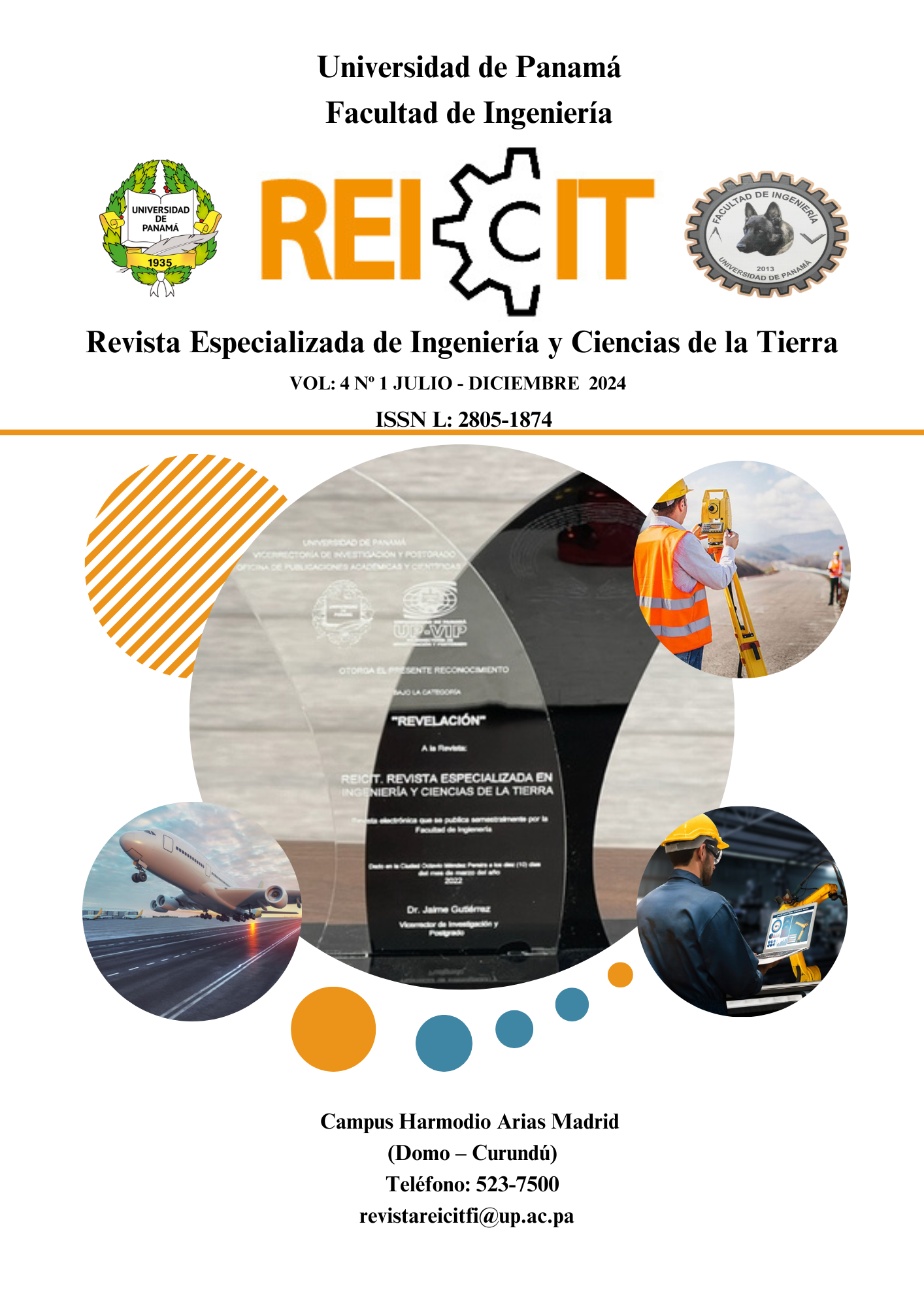

Copyright (c) 2024 REICIT

This work is licensed under a Creative Commons Attribution-NonCommercial-ShareAlike 4.0 International License.
Onion (Allium cepa) is one of the main vegetables grown in Tierras Altas, Chiriquí, being the caliber or size of the harvested bulb one of the quality attributes used to establish the sale price. However, some producers do not implement sizing when harvesting, since such work takes time and depends on the experience of field workers. The aim of this work was to evaluate a prototype of a manual size classifier for onion. For this, 1.5 cm thick plywood was used, which was cut with the help of a jigsaw to 10.5 cm wide and 54.5 cm long; in addition to making circular holes of 45 mm, 60 mm, 80 mm and 90 mm in diameter along the cut board, to separate the bulbs by size into non-commercial, small, medium, large and jumbo. Through non-probabilistic sampling, the prototype was provided to 15 people: field workers (5), producers (5) and technicians (5); so that they could use and rate it, on a scale of 1 to 3, according to its practicality, precision, replicability, time optimization and recommendation for use, in addition to establishing that the minimum general rating that must be obtained in order to be considered by producers is 2.5. The data were tabulated and graphed using the Microsoft Excel software. According to the results, on average recommended use and precision stood out, both with a rating of 2.93, followed by practicality with 2.87, replicability with 2.67, but time optimization obtained the lowest value with 2.27; giving an overall rating of 2.73. In conclusion, this prototype of a manual size classifier for onion has the potential to be adopted by producers in the sector.